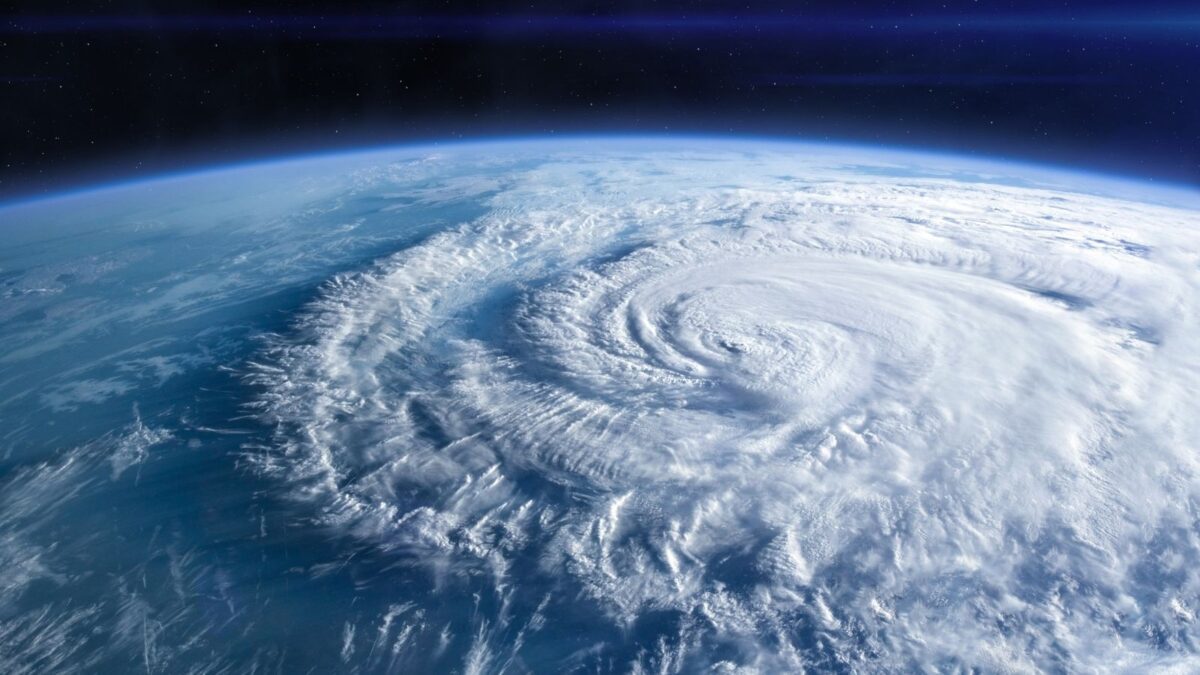Riders on the storm: MLC looks to hurricanes, earthquakes for returns
At first blush, the idea of building a portfolio with massive exposure to earthquakes, typhoons and hurricanes doesn’t seem like a great idea. But it’s worked out pretty well for MLC Asset Management, which now has about $3 billion invested in natural catastrophe reinsurance and has averaged a 7.6 per cent per annum return from it in the last 17 years.
The basic idea is really the same as in any other asset class: when something bad happens, you can lose money; when it doesn’t, you mostly make it.
“There’s a lot of areas in the world of alternatives that require trading skill or spooky magic to make money through the cycle,” Gareth Abley, head of alternatives at MLC Asset Management, tells ISN. “What we like about natural catastrophe reinsurance is that there’s an economic logic to why insurers pass on the risk, and why the reinsurers pass on the risk, and why our clients can get paid well for taking it.”
“Within the world of natural catastrophes, not only are they in aggregate uncorrelated – they’re not influenced by pronouncements from the Fed or Trump getting elected – but when you look in the portfolio, you’ve got exposure to Japanese typhoon and European windstorm and California earthquake, and all of those events are uncorrelated to each other. That’s very different to Aussie equities, where you might have 100 ostensibly different stocks but it’s really four banks and a couple of supermarkets that are 80 per cent correlated with each other.”
The MLC portfolio is “very remote risk” – that is, it’s comprised mostly of bets against the absolute worst happening. The worst, in this case, is a $100 billion plus hurricane in Florida – the most recent hurricane, Helene, caused around $53 billion in damage. But a common argument lobbed against this section of the market is that climate change is likely to make those remote risk events somewhat less more remote.
“Climate change is a big issue; it increases the warmth of the oceans which increases the frequency of hurricane formation, which therefore increases the probability that some of those hurricanes that form may make landfall,” Abley says. “The odds of hurricanes making landfall is relatively low… (climate change) might increase that probability, but it doesn’t double it.”
January and June are the two big renewable seasons in the reinsurance market; as new evidence comes in regarding climate change, the probabilities and pricing can change, and investors can make sure they’re being compensated for taking it on.
“But hurricane is only one of the risks you reinsure. You’re also reinsuring typhoon risk in Japan, earthquake risk in California. Earthquake isn’t effected at all by climate change, and it’s quite a material portion of the industry loss exposures you reinsure against.”
Still, institutional allocations have stayed relatively static despite the attractive and uncorrelated returns.
“The pure investment answer, for me at least, is that logically you would have more than 2-3 per cent in this… But the superannuation industry and other parts of the investment ecosystem are driven by peer risk. If you’re the guy that’s taking a lot of exposure to the asset class and it happens to be the 1-in-100 year event, the investment rationale doesn’t help you; you’ve underperformed the peer group.”
“I don’t want to make out that this is some panacea asset class; you can lose money in this space. We’ve had a very good run, partly because of our portfolio design, but other investors who have taken more risk have lost money or maybe only broken even over the period from 2017-2022.”
Spreads were quite tight in 2017 following a decade of very limited natural catastrophe losses; what followed was five years of significant earthquakes and hurricanes. People lost money, and patience ran out in 2022 just as spreads doubled and it was a great time to invest. MLC came to the asset class way back in 2007, in search of a “pioneer premium” after the trifecta of Hurricane Katrina, Rita and Wilma blew spreads out across the industry.
“It’s a super interesting place,” Abley says. “We’ve been doing alts for 20 years, and it’s very hard to find things that have both attractive risk-adjusted returns and which are uncorrelated. Most things in a crisis, the correlations go to one; that’s when you need the diversification. There’s very few things that have reliable diversification through the cycle.”











